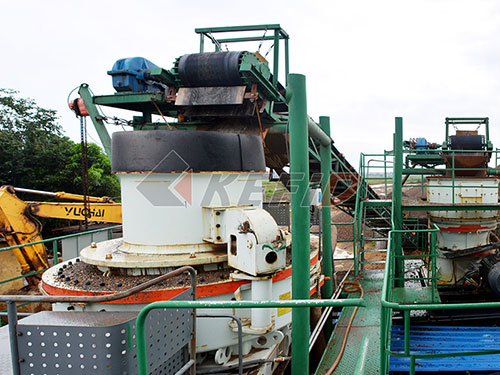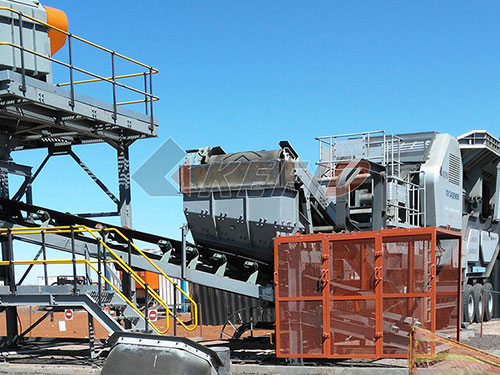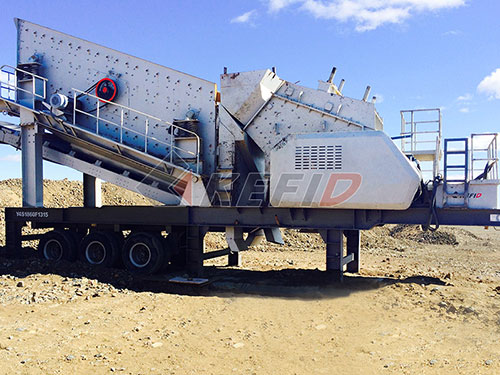The Indispensable Guardian: How Jaw Crusher Plates Define Crushing Efficiency
In the thunderous heart of quarry operations, mining sites, and aggregate processing plants, the rhythmic clash of steel against rock resonates. At the epicenter of this relentless battle within a jaw crusher stand two critical components: the fixed jaw plate and the movable jaw plate. Often perceived as simple wear parts, these plates are, in reality, the indispensable guardians of crushing efficiency, productivity, and operational cost. Their design, material composition, and condition directly dictate the crusher’s output capacity, product size distribution, energy consumption, and overall profitability. Understanding the intricacies of jaw crusher plates is paramount for anyone involved in mineral processing or aggregate production.
The Core Function: More Than Just Breaking Rock
A jaw crusher operates on a deceptively simple principle: a movable jaw exerts compressive force against a fixed jaw plate (often called the “fixed die”), crushing rock fed into the gradually narrowing V-shaped cavity between them. The crushed material exits through an adjustable gap at the bottom – the closed side setting (CSS). While this mechanism seems straightforward, the interaction between the rock and these plates is complex:
1. Compression & Fracture: Plates apply immense pressure to rocks exceeding their compressive strength.

2. Abrasion: Constant sliding friction occurs as rocks move down through the crushing chamber.
3. Impact: Rocks strike plates with significant force upon entry and during compression cycles.
4. Attrition: Rocks rub against each other under pressure between opposing plate surfaces.
Jaw plates are meticulously designed to withstand this brutal combination of forces while effectively breaking feed material into desired sizes.
Anatomy & Design: Tailoring Performance
Jaw plates are not uniform slabs; their profile geometry is engineered to optimize performance based on application:
Tooth Profile: Plate surfaces feature strategically designed teeth or corrugations.

Straight/Flat Teeth: Offer high reduction ratios but lower throughput; suitable for harder materials where minimizing fines generation might be secondary to achieving size reduction.
Curved Teeth: Provide a better grip on feed material (especially wet or sticky), promote better flow down the chamber (“downward flow”), increase throughput capacity by reducing slippage and improving nip angle efficiency.
Wave-Shaped Teeth: Offer a balance between grip and flow characteristics.
Tooth Pitch & Height: The distance between teeth (pitch) and their height significantly influence:

Leave a Reply